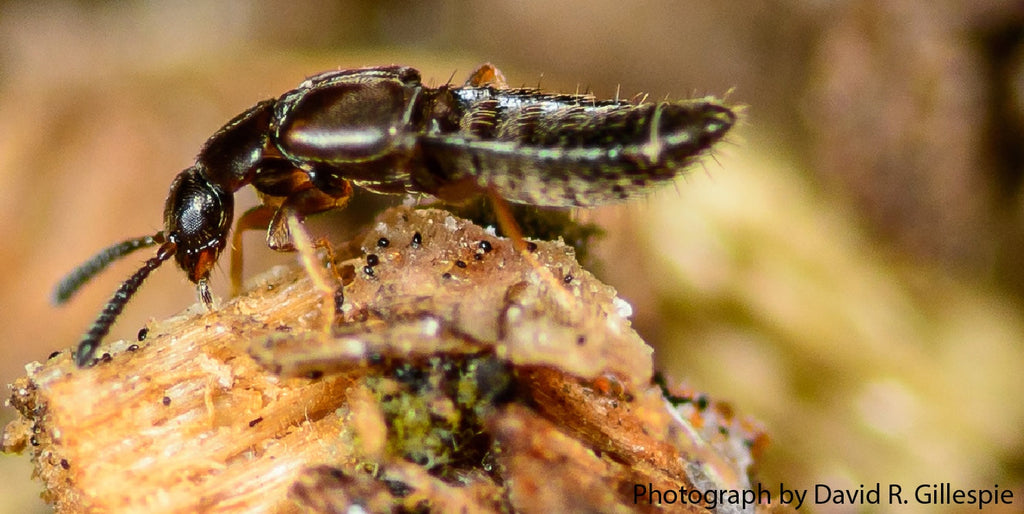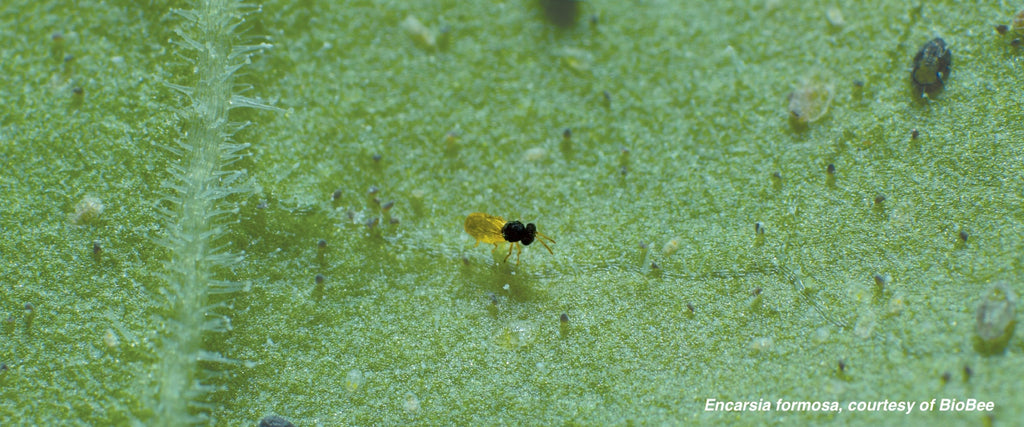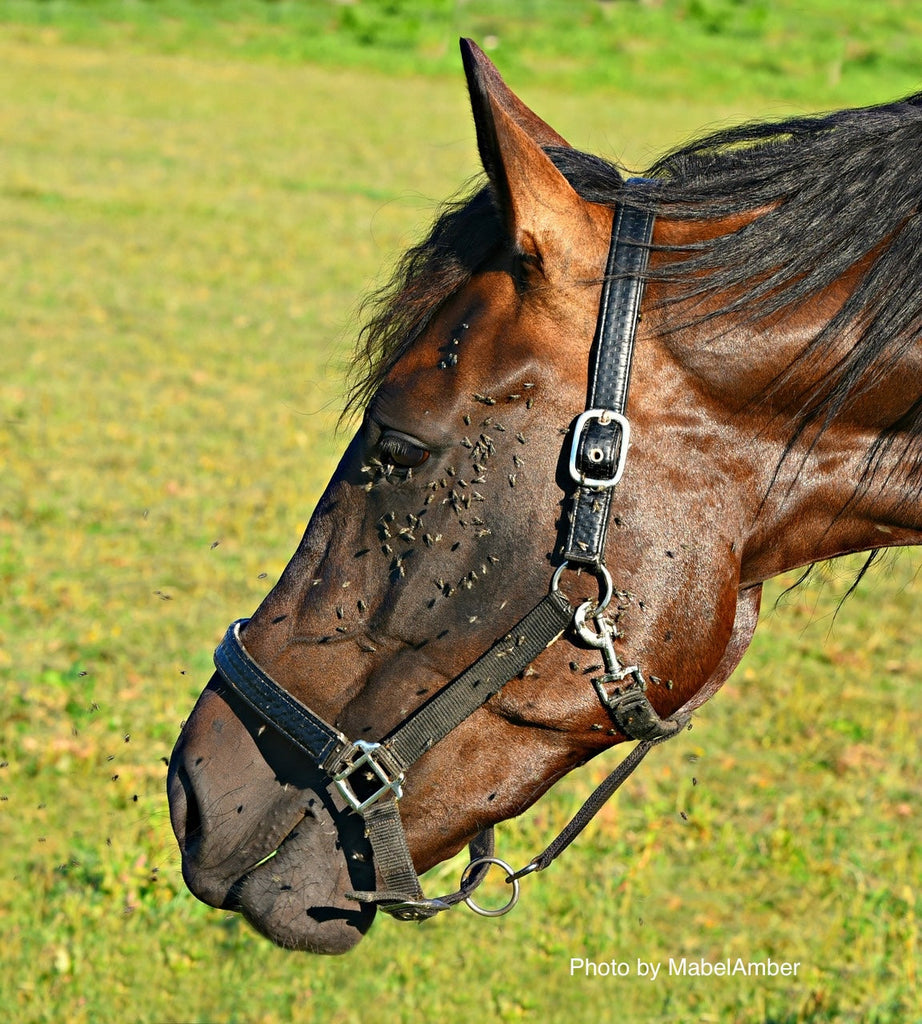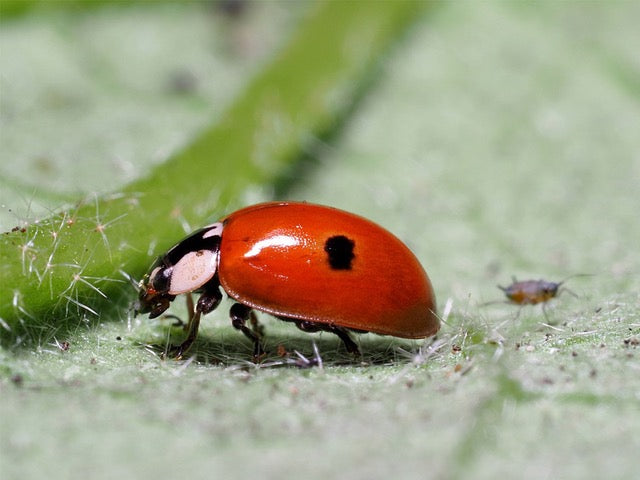2025 Year in Review: Growth, Innovation and Natural Pest Solutions
Sound Horticulture was very busy and active in 2025, completing 25 years of business. Our sales increased, we added new and exciting products and deepened relationships with both customers and vendors.
Continue reading









